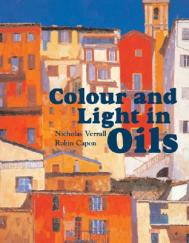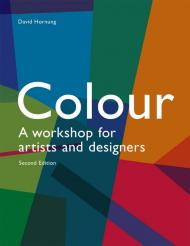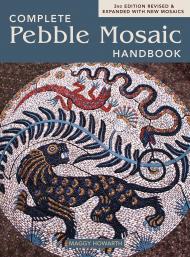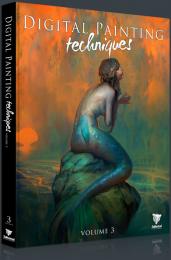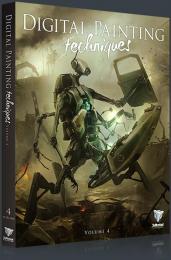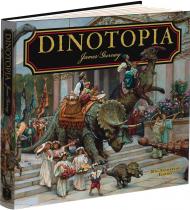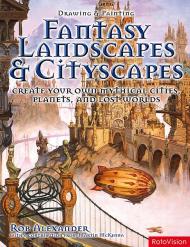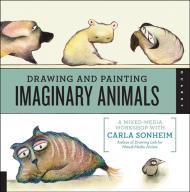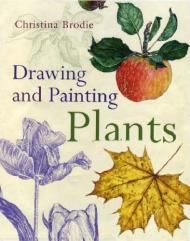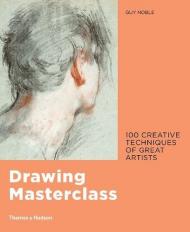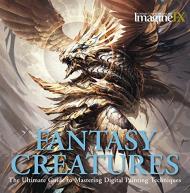Often seen as dark and gloomy, oils can, in fact, be used to create colourful and light paintings that are wonderfully expressive. One significant characteristic of oil paint is its richness and depth of colour, something that is of particular interest to Nicholas Verrall. Immediately striking in all his pictures is the skilful way he handles colour to interpret the special qualities of light and mood found in a certain moment in time. In this book he discusses his working methods and the importance of colour, at the same time placing these issues within the general context of painting in oils, with all that this has to offer.
'Colour and Light in Oils' includes information, demonstrations and many inspirational finished paintings to help painters understand the value of colour in interpreting ideas with feeling and impact. It provides guidance on a wide range of skills, techniques and advice on subject matter and associated topics. Illustrated throughout, the book covers: the medium of oils; understanding oils; materials and equipment; painting techniques; and the studio
